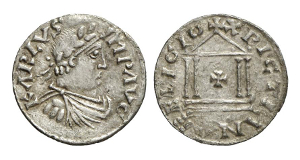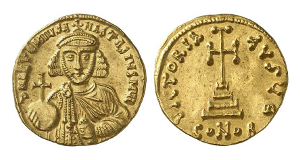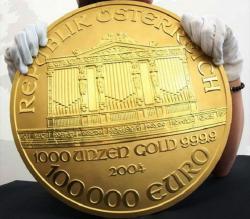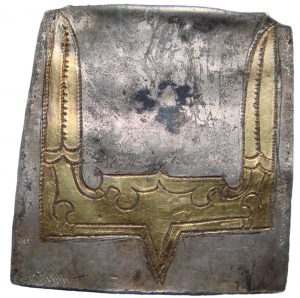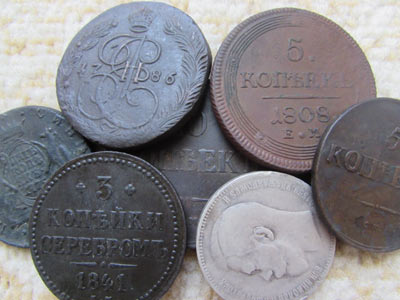greatest growth
Ancient coins
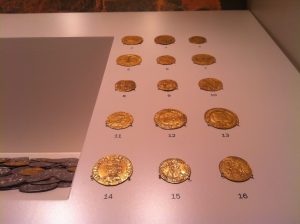 1. Old coins of Russia – gold and silver coins of Prince Vladimir
1. Old coins of Russia – gold and silver coins of Prince Vladimir
These were the first coins minted in Kievan Rus at the end of the 10th century, then at the beginning of the 11th century, they were issued in small quantities and not for long, so they didn’t have much influence on monetary circulation but represent a peculiar group of cultural monuments of Ancient Russia.
Under Prince Vladimir Svyatoslavovich in 988, Christianity became the official religion in Russia. In the cities, the oldest of which were Kiev, Novgorod, Ladoga, Smolensk, Moore, crafts and trade with the southern and western Slavs, the peoples of other countries were actively developed. Continue reading
Medieval coins (ca. 500-1500)
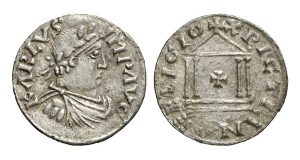 Medieval coins (ca. 500-1500)The Middle Ages spanned 1,000 years of European history, starting with the earliest chased coins of the German successor states of the Roman Empire during the Great Migration and ending with the coins of Emperor Maximilian I (1486-1519), the “last knight”.
Medieval coins (ca. 500-1500)The Middle Ages spanned 1,000 years of European history, starting with the earliest chased coins of the German successor states of the Roman Empire during the Great Migration and ending with the coins of Emperor Maximilian I (1486-1519), the “last knight”.
The Middle Ages opens up great opportunities for the collector. This area of collecting includes interesting types of coins of the era, which laid the foundations of modern European monetary and monetary affairs. Continue reading
The Great Migration of Nations (4th-6th centuries AD)
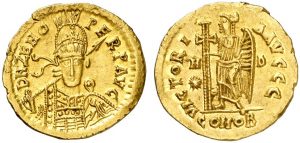 The prevailing idea that the hordes of barbarian peoples invaded the borders of the Roman Empire and thus caused its fall is outdated and no longer corresponds to the findings of modern historical science. First, a large number of Germans were in the (military) service of the Roman Empire even before the so-called. the migration of peoples, and, secondly, it is not a question of homogeneous ethnic tribes, but rather of mixed alliances concluded for specific purposes. These alliances and opposed the troops of the late ancient states. Continue reading
The prevailing idea that the hordes of barbarian peoples invaded the borders of the Roman Empire and thus caused its fall is outdated and no longer corresponds to the findings of modern historical science. First, a large number of Germans were in the (military) service of the Roman Empire even before the so-called. the migration of peoples, and, secondly, it is not a question of homogeneous ethnic tribes, but rather of mixed alliances concluded for specific purposes. These alliances and opposed the troops of the late ancient states. Continue reading
